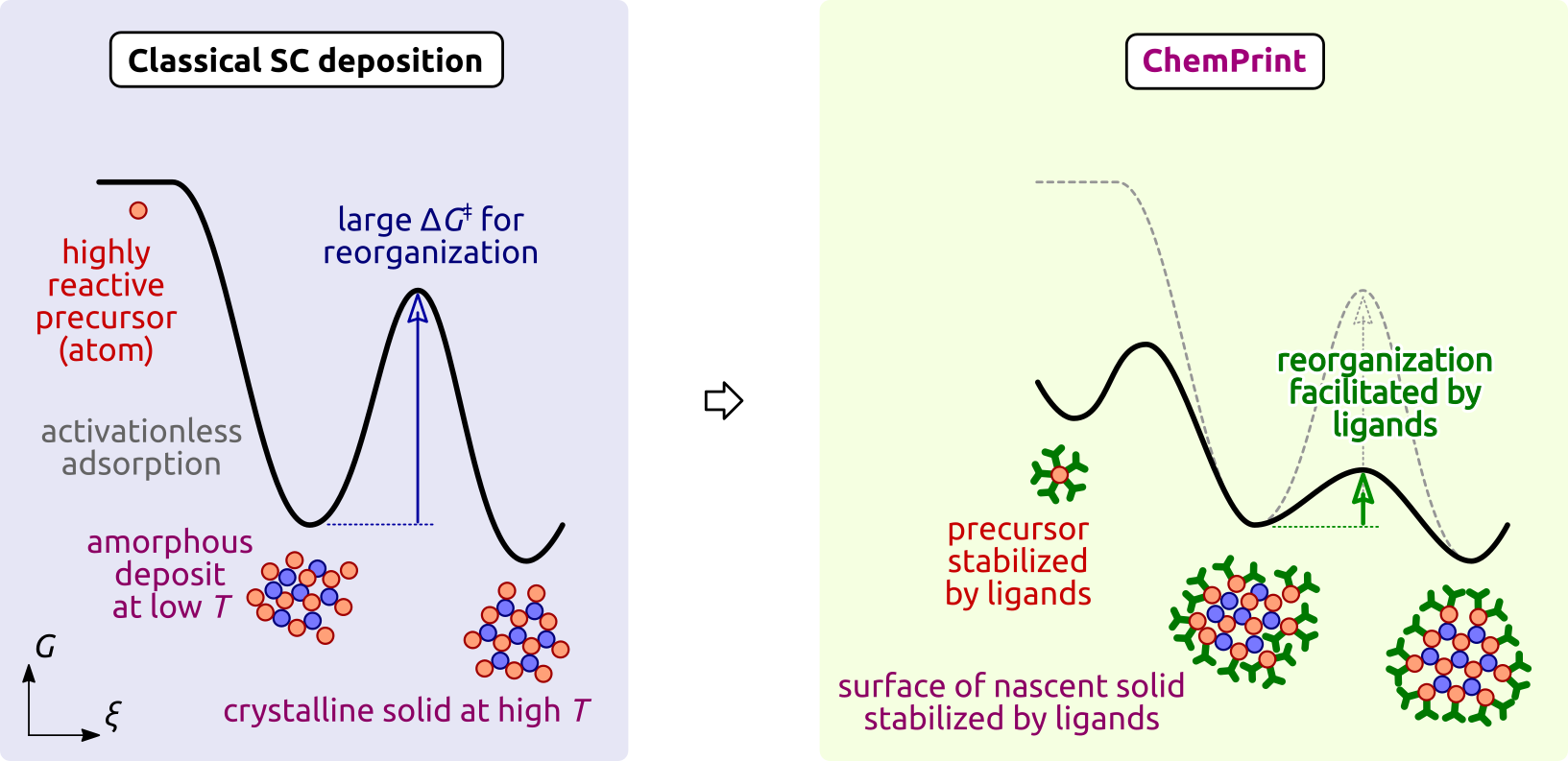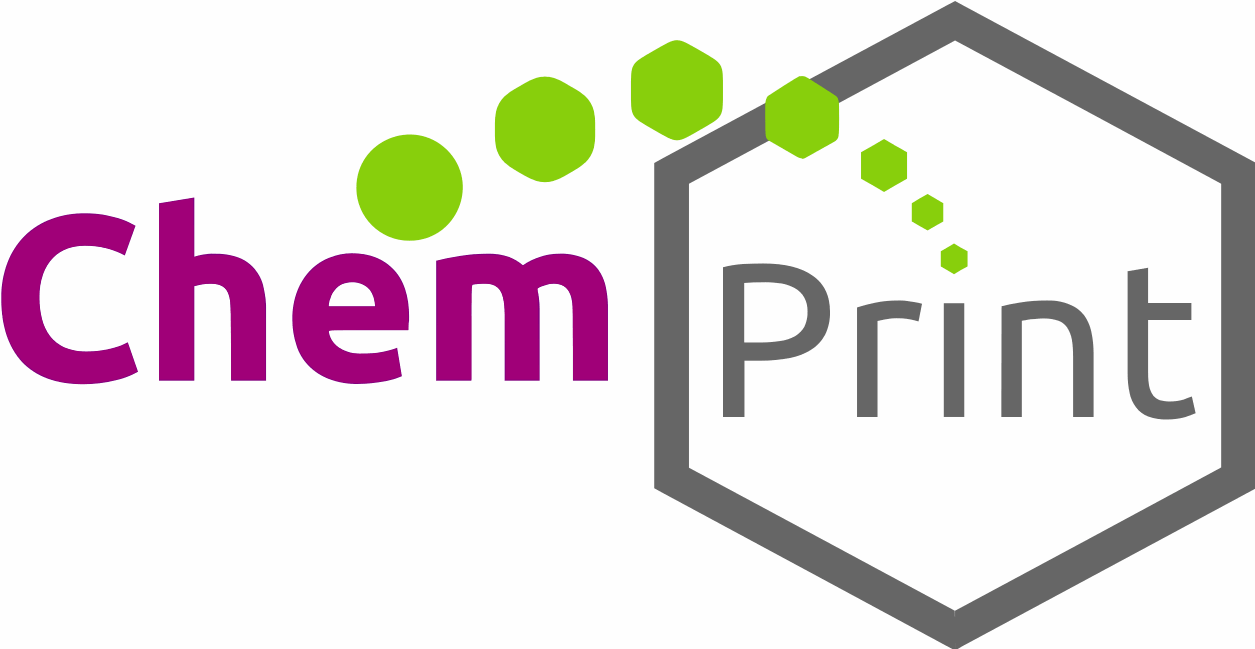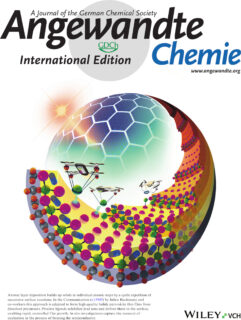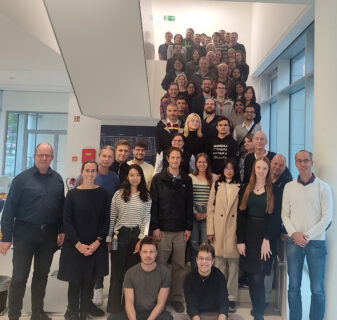Home
The Collaborative Research Center (CRC) / Sonderforschungsbereich (SFB) 1719 ‘Next-generation printed semiconductors: Atomic-level engineering via molecular surface chemistry’ (ChemPrint), is funded by the DFG from October 2025 to June 2029 at the Friedrich-Alexander University Erlangen-Nürnberg (FAU), the Helmholtz Institute Erlangen-Nürnberg for Renewable Energy (HIERN), and the Helmholtz-Zentrum Berlin (HZB). At FAU, ChemPrint principal investigators are members of the Interdisciplinary Center for Nanostructured Films (IZNF), a division of the Competence Center Engineering of Advanced Materials (EAM), and/or of the Profile Center FAU Solar.
Semiconductor materials perform all the work in computers and cell phones, but also in solar cells and sensors of all kinds. In our new collaborative research center, the scientists of the ChemPrint consortium aim to revolutionize semiconductor manufacturing. We develop methods for the direct deposition of layers and the placement of patterns through the controlled deposition of individual atoms as an alternative approach to the traditional production of silicon components based on high-purity single crystals. We achieve this by selecting suitable molecular reagents programmed to deliver individual atoms to specific locations. In this respect, molecules behave as nanoscale robots that assemble parts in the workshop. Such methods offer many advantages. Firstly, they are highly energy-efficient and extremely economical of materials. Additionally, chemical control enables them to become technologically simple to implement. Thus, ChemPrint will broaden access to the production of semiconductor components and empower new actors to become active and creative in this field and to invent, be it decentralized sensor technology for the Internet of Things or repairs in space. The approach that we pursue is similar to Gutenberg’s printing press in its potential to render knowledge and innovation widely available.


Contact: sfb-chemprint-contact@fau.de






